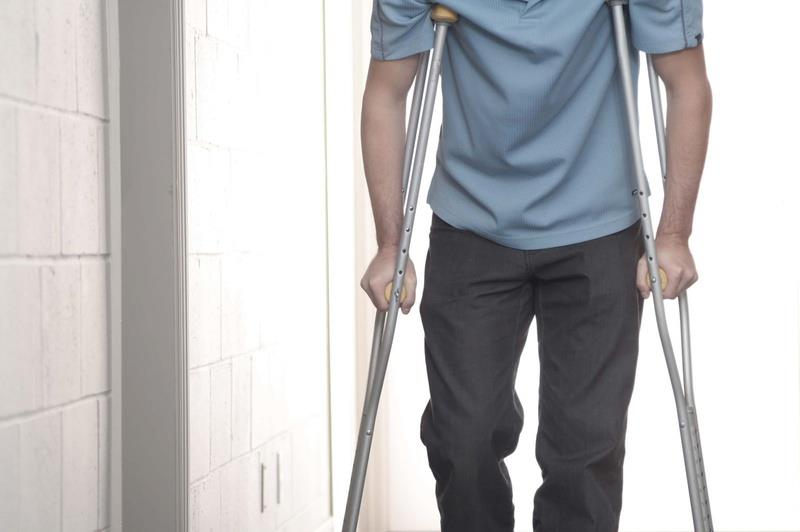How Long Does It Take to Walk After a Broken Tibia? Recovery Tips & Timeline

A tibial fracture is one of the most common leg injuries, affecting many individuals worldwide. The tibia, or shinbone, plays a crucial role in balance and mobility, making recovery a top priority for patients. If you're wondering how long it takes to walk after a broken tibia, this guide will provide detailed insights into the recovery process, factors influencing healing, and practical tips to regain mobility.
How Long Does It Take to Walk After a Broken Tibia? Key Factors
The recovery timeline for a tibial fracture varies depending on several factors. Below, we break down the most critical elements that influence healing and walking ability:
1. Severity of the Fracture
The type and extent of the fracture significantly impact recovery time. Tibial fractures can range from simple cracks to complex breaks involving multiple bone fragments. For example:
- Mild fractures: These typically heal within 6-8 weeks with proper care.
- Severe fractures: Complex or open fractures may require 3-6 months or longer to heal fully.
Regular check-ups with your doctor are essential to monitor bone healing and adjust treatment plans accordingly.
2. Treatment Method
The treatment approach also plays a vital role in recovery. Common methods include:
| Treatment | Description | Recovery Time |
|---|---|---|
| Casting | Immobilizes the leg to allow natural healing. | 6-12 weeks |
| Surgery | Involves metal plates, screws, or rods to stabilize the bone. | 3-6 months |
| Physical Therapy | Helps restore strength and mobility post-healing. | Ongoing |
Choosing the right treatment method can significantly reduce recovery time and improve outcomes.
3. Diet and Nutrition
A balanced diet rich in essential nutrients is crucial for bone healing. Key nutrients include:
- Calcium: Strengthens bones (found in dairy, leafy greens).
- Vitamin D: Enhances calcium absorption (from sunlight, fortified foods).
- Protein: Supports tissue repair (found in lean meats, beans).
Studies show that patients with a nutrient-rich diet recover faster than those with poor nutrition. For more tips, check out our guide on diet for bone health.
4. Age and Overall Health
Younger patients generally heal faster due to better bone density and regenerative capacity. Older adults may experience slower recovery, but proper care and nutrition can help. For example:
- Children: Typically heal within 4-6 weeks.
- Adults: May take 8-12 weeks or longer.
- Elderly: Recovery can extend beyond 12 weeks.
How to Practice Walking After a Tibia Fracture
Once your doctor confirms that your bone has healed sufficiently, you can begin walking exercises. Here’s a step-by-step guide:
- Start with Crutches: Use two crutches to avoid putting weight on the injured leg.
- Gradual Weight-Bearing: Slowly increase the weight on the affected leg as tolerated.
- Physical Therapy: Engage in guided exercises to rebuild strength and flexibility.

Using crutches correctly is essential for safe recovery.
Featured Snippet: How to Speed Up Recovery After a Tibia Fracture
To optimize your recovery and regain walking ability faster, follow these expert tips:
- Follow your doctor’s treatment plan and attend all follow-up appointments.
- Maintain a nutrient-rich diet to support bone healing.
- Avoid putting weight on the injured leg until cleared by your doctor.
- Engage in physical therapy to restore mobility and strength.
Conclusion
Recovering from a tibial fracture requires patience, proper care, and adherence to medical advice. While the timeline varies, most patients can expect to walk again within 2-6 months, depending on the severity of the injury and treatment approach. For personalized guidance, consult your healthcare provider and explore our resources on tibia fracture recovery.